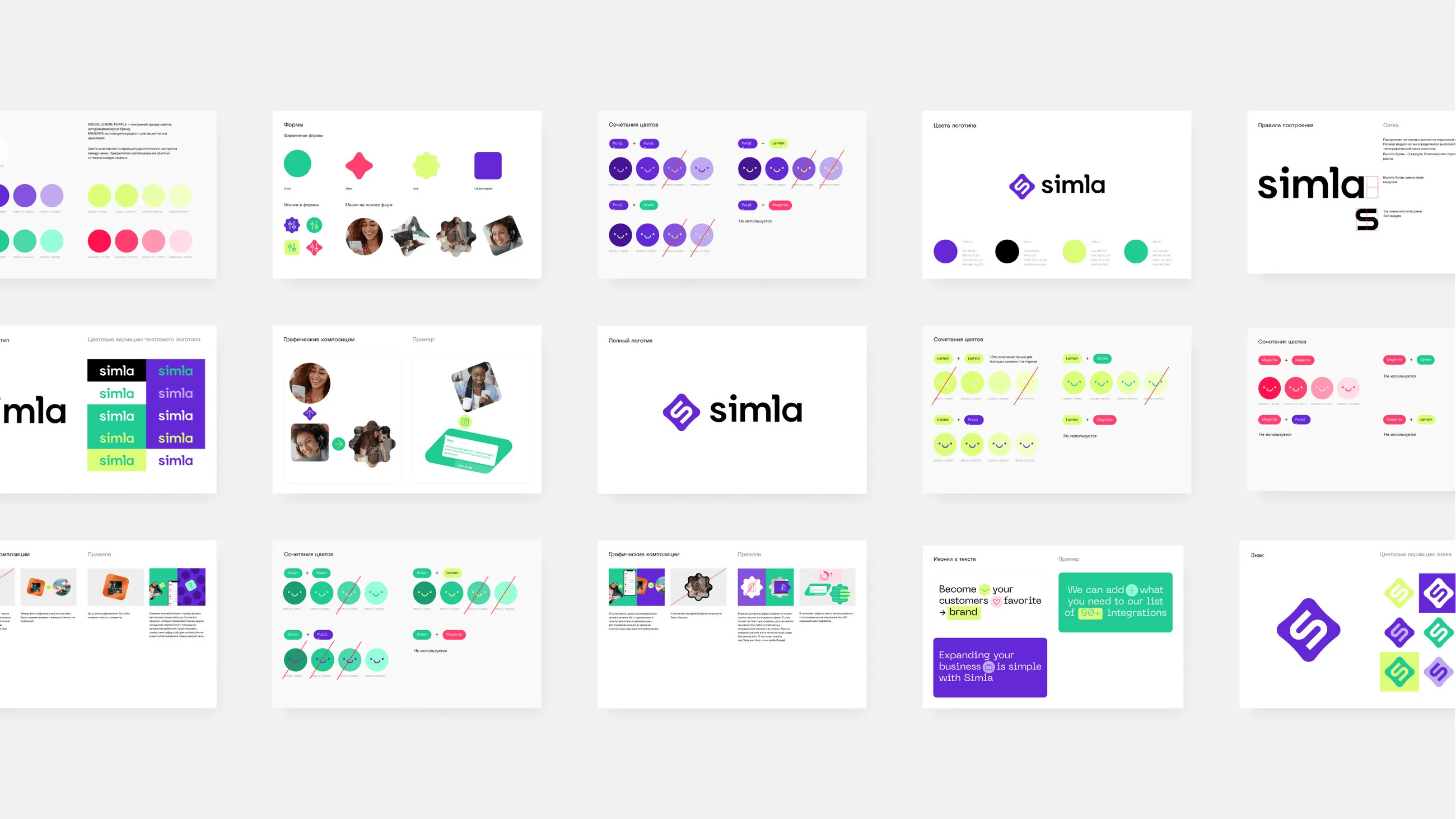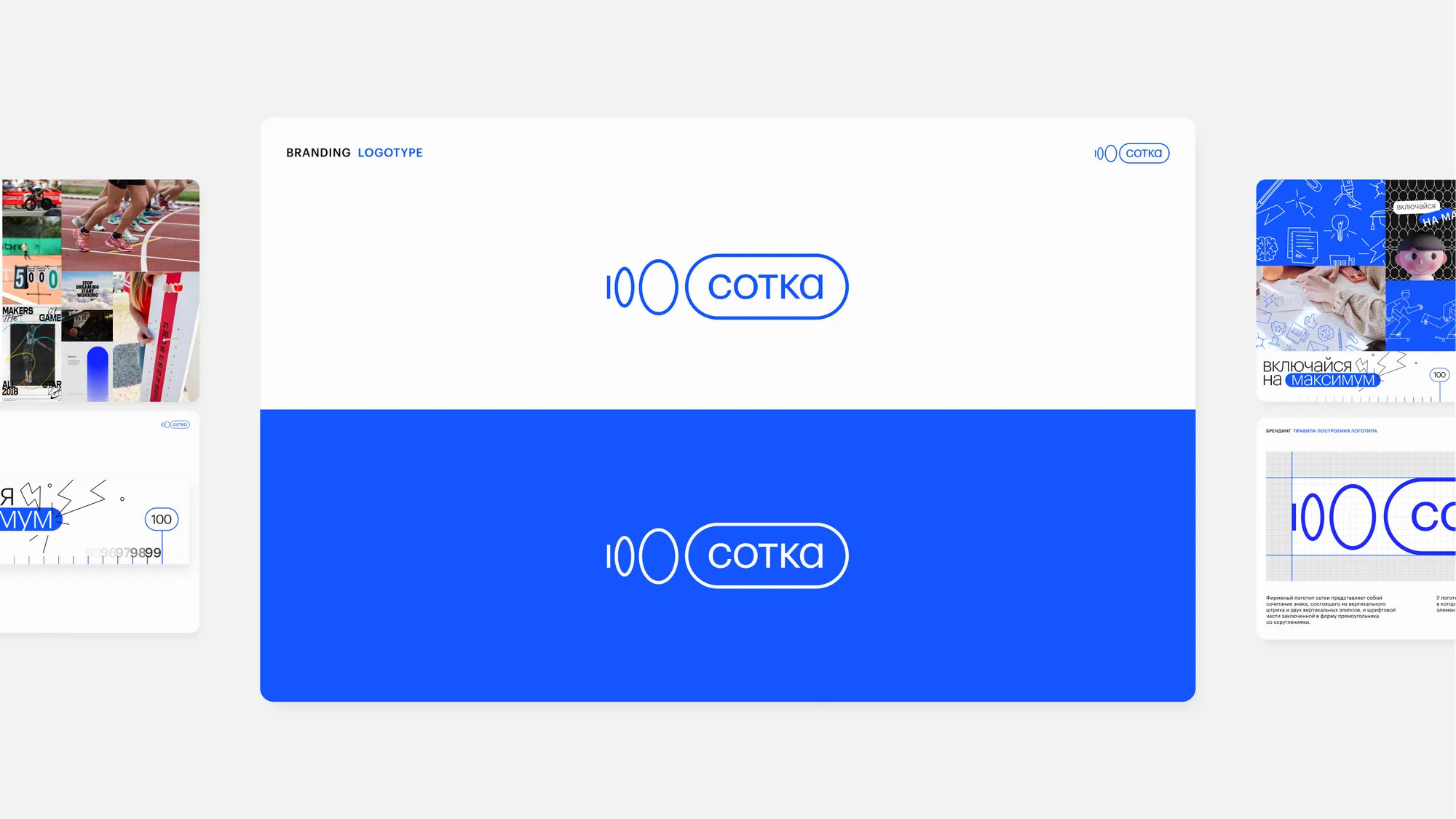An article on the importance of creating a brandbook
When creating a website, the goal isn’t just to make a convenient, functional website. It’s not just about the customer’s journey. And it’s not about visual appeal and pretty pictures either. It’s not even about creating a memorable website with a concept and a story behind it. All those things are indispensable, but a website isn’t an island. It’s merely a part of your overall branding and should be consistent with the rest of it. Luckily, this isn’t terra incognita: we have maps and we have guidelines. In this article we’ll be showcasing excerpts from the brandbooks we’ve made for HAR and Tjufoo.

Brandbook: A Guide Through Brand Positioning
Brandbook is what keeps a designer from getting lost in all the possible permutations. It’s a key document, consisting of all that’s needed to keep the brand’s messaging consistent through every medium. A good brandbook consists of:
Color scheme — the visual identity hinges on a consistent palette, the brandbook has to feature the exact shades of the chosen colors;
Typography — at the very least, the primary and the secondary typefaces, and exactly how and where they’re supposed to be used;
Logo and its variations — the logo, its size, its possible variants depending in what context it’s used;
Style elements — the illustration style, guidelines for photos, et cetera;
UI kit with buttons, menus, all the details — with everything being digital, it’s of utmost importance to maintain consistency throughout your digital channels;
And so on, depending on your brand, your industry, and your exact needs.

Why Brandbooks Matter: We Know Where We’re Going
A brandbook can be a cumbersome tome or a slim ten-page primer, all depending on the company’s needs. The important thing is that it exists. As it illuminates the way for marketing execs coming up with the company’s direction, designers creating various media for the brand, all the way to the SMM guy being sure exactly what to post, they pave the road for the customer. We all value consistency and coherency. They provide brand awareness, and as we learn more and more of a brand, we get used to it. We trust it.

Outro
Brandbook saves a lot of time, as you won’t have to think of everything all over again every single time. But most importantly, brandbook is what keeps a brand together. Brand identity has to be consistent to create trust and connect with people. Not only that, if it’s not consistent, it could hardly be even called a brand identity. It gets lost. This doesn’t happen if you have a good brandbook, always pointing in the right direction.


